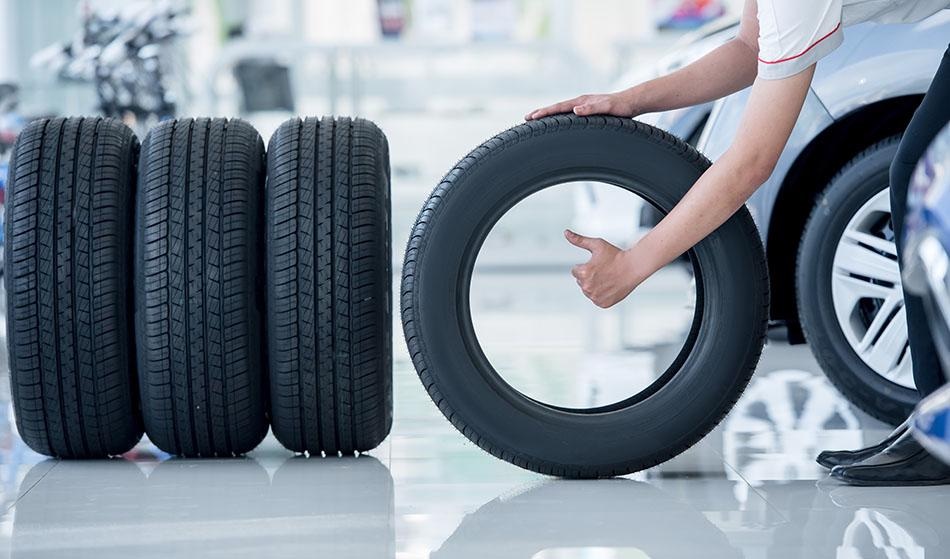Aug 15 2005
This article was updated on the 2nd December 2019.

Bell Ka Pang / Shutterstock
Rubber, like cotton, is an agricultural commodity sourced primarily in its natural form from southern producers such as India, Indonesia, Thailand, and Malaysia. Unlike cotton, natural rubber has proven more resilient to the challenge of synthetic counterparts developed during World War II. Although 75% of world rubber was synthetic in 1964, the introduction of radial car tires helped revive the market for natural rubber. In 2004, total global rubber production is expected to be 19.61 million tonnes of which 8.26 million will be natural rubber (42%).
Tire Companies Who Benefit From Using Engineered Nanoparticles in their Products
Currently, around 50% of a car tire is made from natural rubber. Small particles of carbon black (including nanoparticles) have long been mixed with rubber to improve the wear and strength of tires. Many leading tire manufacturers are now developing engineered nanoparticles to further extend tire life. Cabot, one of the world’s leading tire-rubber producers, successfully tested “PureNano” silica carbide nanoparticles designed by Nanoproducts Corporation of Colorado. Added to tires, the “PureNano” particles reduced abrasion by almost fifty percent - a simple improvement that if widely adopted should help tires last up to twice as long and thereby significantly reduce the need for new tire-rubber.
At present, 16.5 million tires are retreaded every year in the US alone. Presumably, that number would shrink by almost half. Other companies are looking to incorporate carbon nanotubes, boasting of tires that would outlive the car entirely. According to rumors in Silicon Valley, a contraceptive manufacturer is also looking at the possibility of adding carbon nanotubes to similarly strengthen condoms.
Using Nanoclays in Tennis Balls and Car Tyres
Nano changes are scheduled inside tires as well. Companies such as Inmat and Nanocor produce nanoparticles of clay that can be mixed with plastics and synthetic rubber to create an airtight surface. Inmat’s nanoclay has already been used as a sealant for “double core” tennis balls produced by sports manufacturer Wilson. The Double Core balls are said to have twice the bounce because the nano-particles lock in air more effectively. Inmat, which was originally set up in co-operation with Michelin, the world’s leading tire manufacturer, believes the same technology could be used to seal the inside of tires, reducing the amount of butyl rubber required and making tires lighter, cheaper and cooler running.
Could Nanomaterials Replace Rubber?
The real prize is to replace rubber altogether. One option is a super lightweight nanomaterial known as an aerogel, which was proposed as a solid tire material for the Mars lander (in the end they went with normal tires). As the name suggests, aerogels are largely composed of air (98%) - billions of nano-air bubbles in a silica matrix. Besides being light, aerogels are extremely heat resistant and make exceptional insulators. The University of Missouri- Rolla (USA) chemists claim to have developed a new waterproof aerogel that could be used in place of tire-rubber.
At least one tire company, Goodyear, holds a patent on a tire that incorporates silica aerogels for its tread. The global tire market is dominated by five multinational firms: Michelin, Bridgestone, Goodyear, Continental, and Sumitomo. In 2001, the top 5 tire manufacturers accounted for over two-thirds of global tire sales.
Source
- ‘Down on the Farm: the Impact of Nano-Scale Technologies on Food and Agriculture’, ETC Group Report, November 2004.